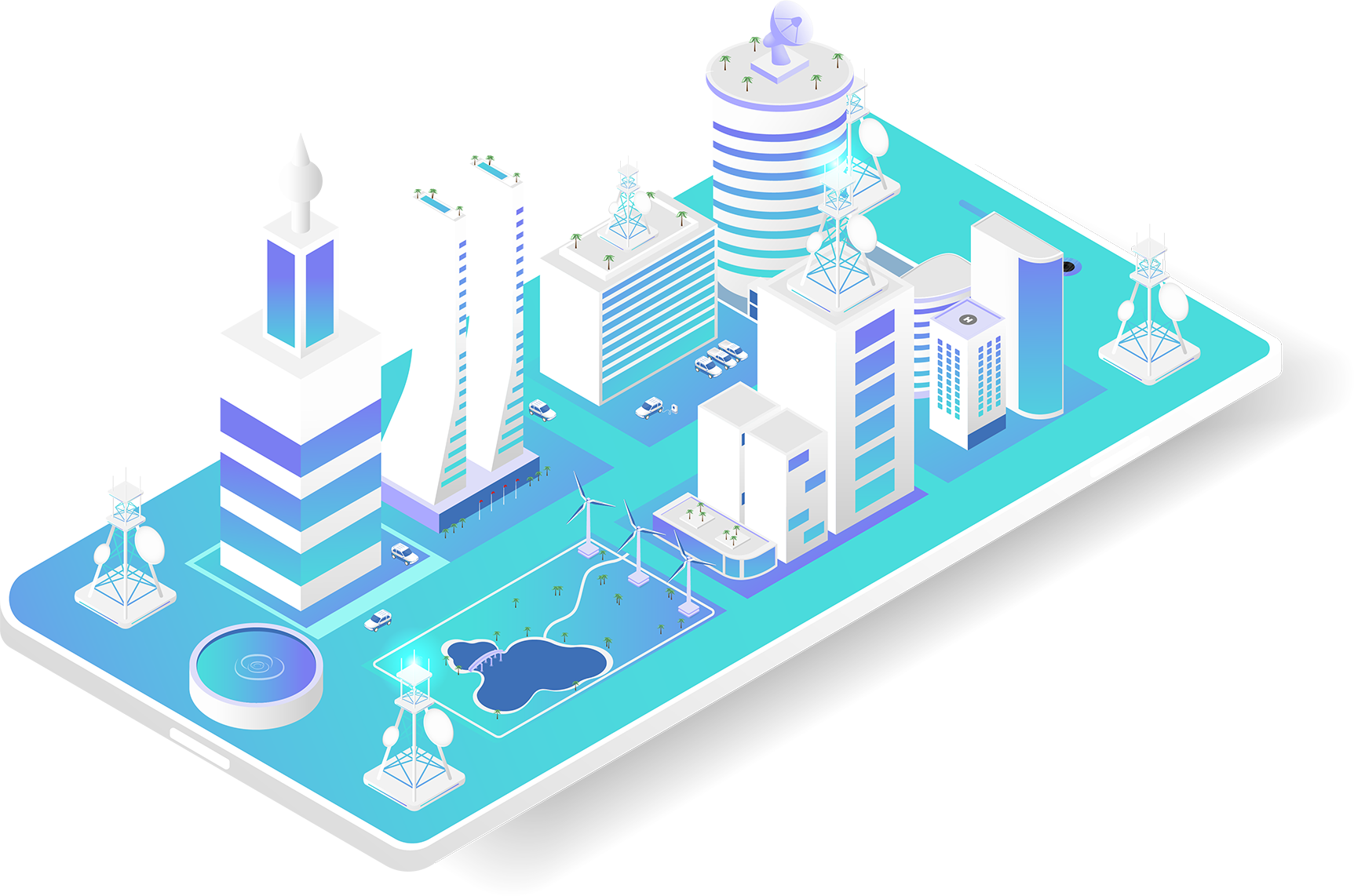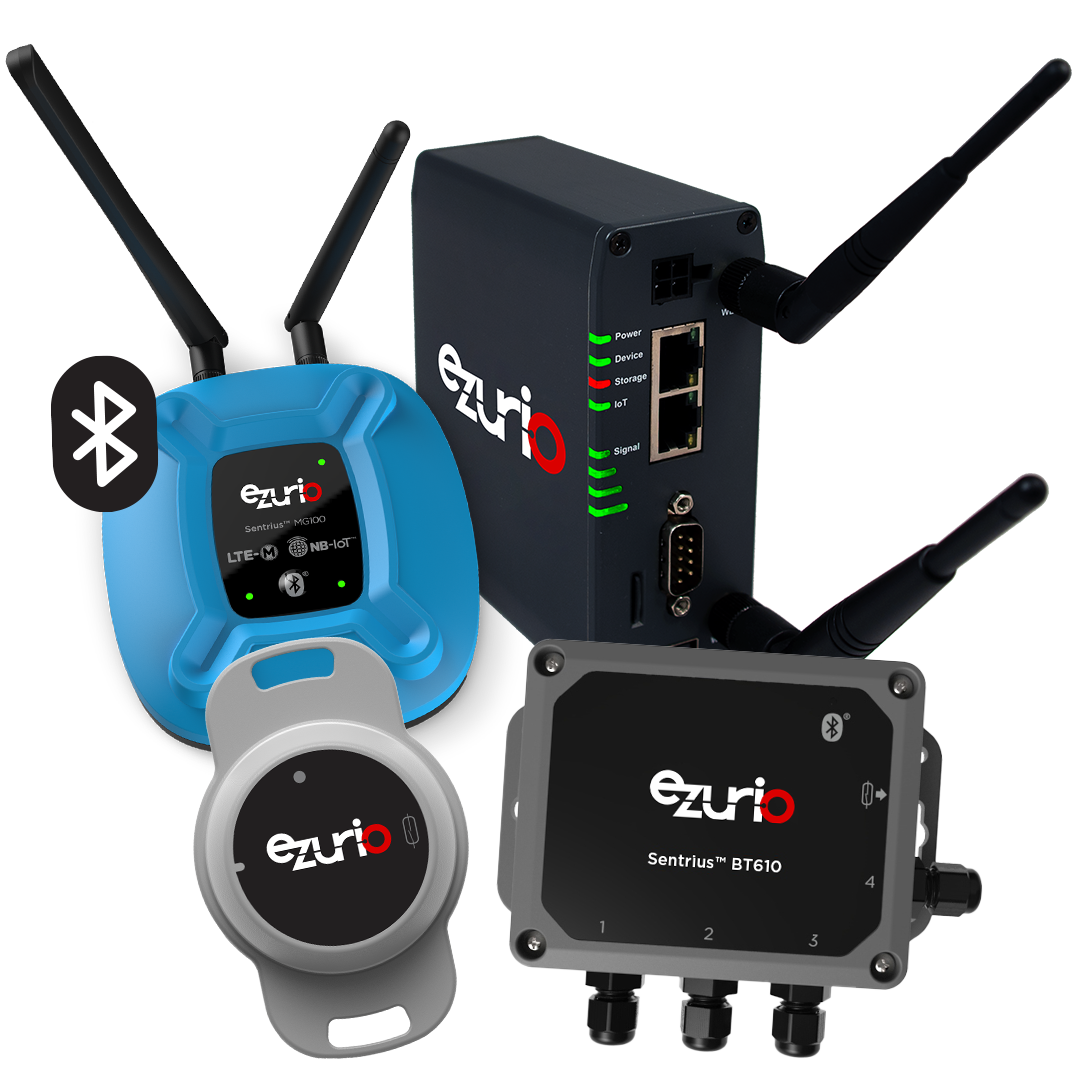Key Components of an IoT Edge Computing Architecture
Edge Devices
Edge devices are the starting point in an IoT edge computing architecture. These devices are equipped with sensors and actuators that gather and interact with data generated from the physical environment. For example, in a smart building, devices could include temperature sensors, motion detectors, or smart devices connected to environmental monitors.
Their primary role is to collect the data produced from these devices and sometimes carry out basic processing before sending it to a nearby gateway or directly to an edge server for further analysis.
The data collected by edge devices can vary depending on the application. In some cases, such as in wearables or health-monitoring systems, these devices may also perform some initial analysis on the data they gather. These devices may use some minimal compute resources to either process this data or packaged it in an IoT-friendly format such as MQTT.
The more intelligent the edge device, the less it needs to rely on external computing resources. Edge devices, as part of edge systems, also ensure that data filtering is completed as close to its source as possible, which is a fundamental advantage of edge computing, ensuring fast data handling and reducing network traffic.
Edge IoT Gateways
Edge gateways act as intermediaries between devices and the broader network. They are responsible for aggregating data from multiple devices and preparing it for transmission to edge servers or the cloud, depending on the architecture. These IoT gateways also handle additional data processing, such as filtering, compression, or even analyze data locally, before forwarding relevant data for deeper analysis.
One of the critical functions of an edge gateway is to ensure seamless communication between different protocols and data sources used by edge devices. For instance, devices might communicate via Zigbee, Bluetooth, or other specialized IoT communication standards, while the edge gateway might need to aggregate and transmit that data over Wi-Fi, Ethernet, or cellular networks.
An IoT gateway processes data more efficiently to help bridge these gaps and ensure that data flows smoothly between the devices and the rest of the network, especially for tasks that involve machine learning or artificial intelligence. Machine learning is often accomplished by processing large amounts of raw data and using algorithms to extract meaningful patterns. It's more efficient on cloud infrastructure to do this processing via IoT edge computing.
Edge Servers
Edge servers are more powerful than gateways and provide significant computational resources for running complex applications or processing large volumes of data from various edge devices. These servers can perform advanced analytics, run machine learning models, or execute business logic that requires greater computing power than can be handled by other devices or gateways alone.
In industrial environments, for example, an edge server might analyze sensor data from the physical location of production machines, detecting potential faults or optimization opportunities. The edge server could even integrate multiple data streams from various sources, such as temperature, vibration, and machine status, to provide more comprehensive insights into equipment performance.
Communication Networks
Communication networks are essential in IoT systems, enabling data transfer between devices, gateways, servers, and the cloud. In edge computing, these networks ensure low-latency, high-reliability connections for real-time data transmission. Depending on the use case, the network may include wireless options like Wi-Fi, Bluetooth, Zigbee, or LoRaWAN, or wired connections like Ethernet or fiber optics.
These networks ensure smooth data flow between components, allowing devices to communicate with local gateways or servers, and facilitating both raw and processed data transfer. In some cases, they support bidirectional communication, enabling devices to send data and receive instructions. Efficient communication is critical for scaling IoT systems, especially in large environments like smart cities or industrial automation, ensuring high reliability and performance.


 Laird Connectivity is now Ezurio
Laird Connectivity is now Ezurio